
Microsoft SQL Server
Microsoft SQL Server is a relational database management system developed by Microsoft.
LogicMonitor’s unique hosted monitoring service provides full Microsoft SQL Server monitoring, complete with best practices alerts and thresholds distilled from years of real-life datacenter experience.
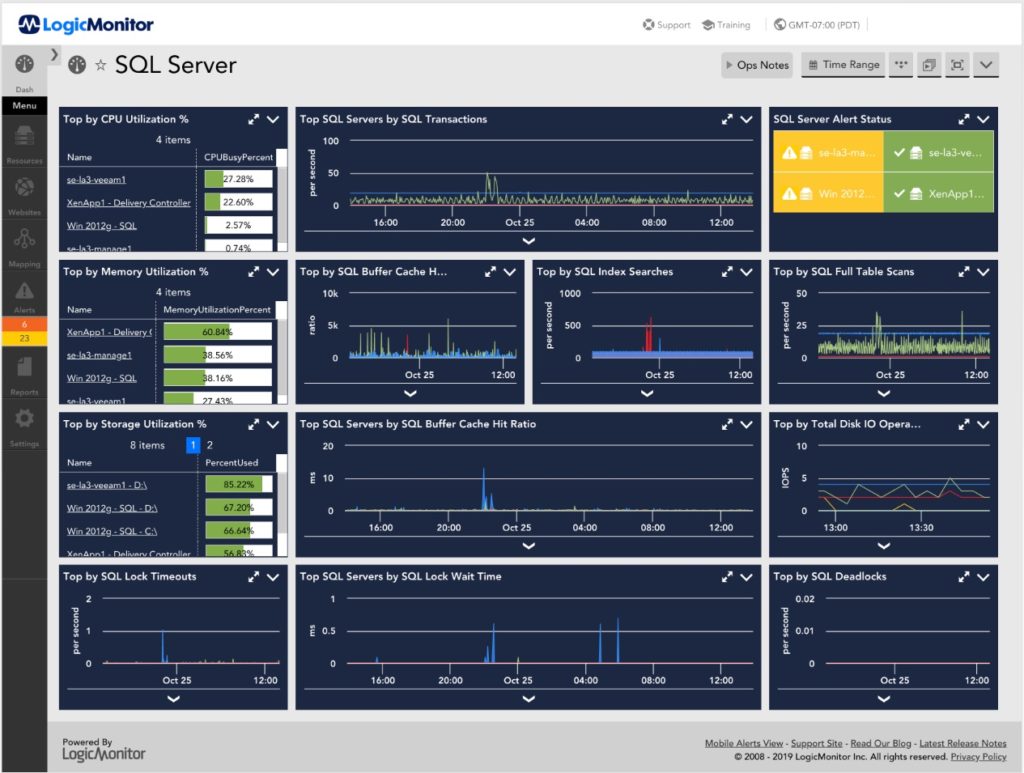
Agentless Monitoring of Key Metrics
LogicMonitor’s agentless architecture allows you to deploy anywhere and start collecting critical SQL Server metrics, such as query response time, within minutes. For each existing and new instances of SQL Server found on a host, LogicMonitor’s SQL Server monitoring system automatically monitors, trends, and alerts on many key performance indicators, allowing you to see at a glance how your servers are running.
No Need to be a MS SQL Guru
Predefined alert thresholds provide expert-based recommendations about settings that may need tuning or indications of SQL that may need optimization. Plus, with Dynamic Thresholds, we can baseline the metrics according to the environment’s usage and tailor the thresholds to your needs.
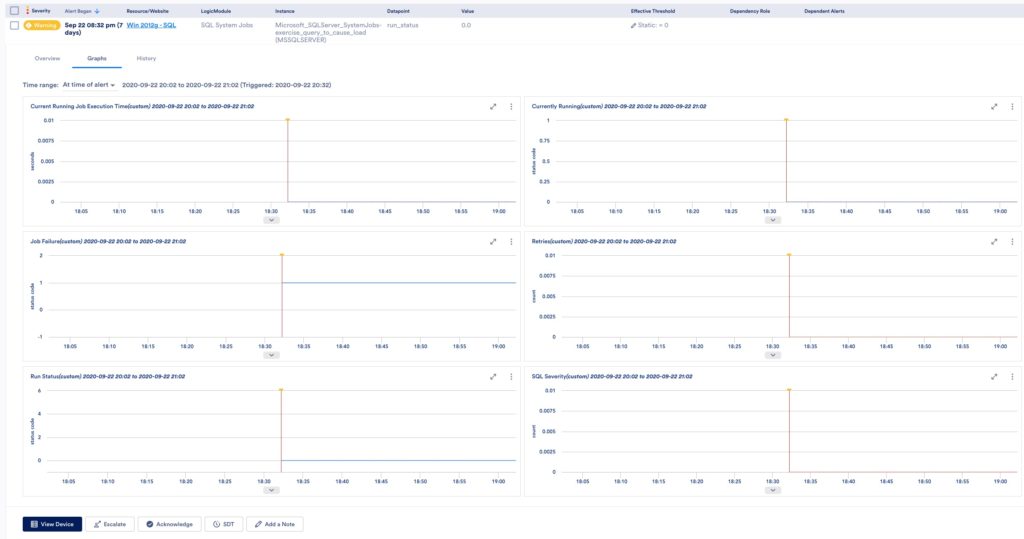
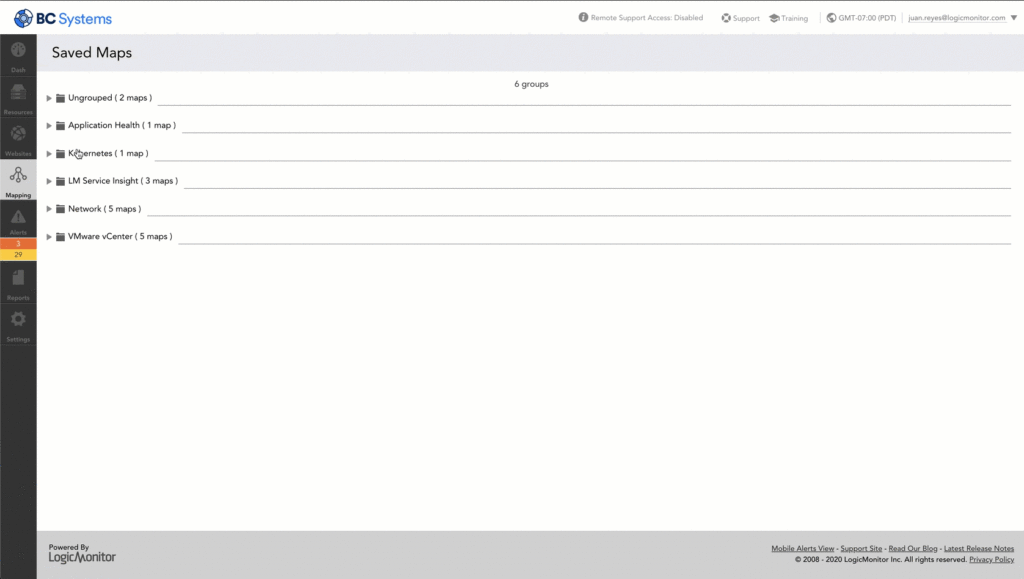
Visualize Your Environment
LogicMonitor’s topology feature helps you see the dependencies of your SQL Server and quickly identify any potential bottlenecks. In addition to the topology view, LogicMonitor’s AIOps capabilities can suppress alert storms from downstream devices.
PaaS MS SQL Monitoring
LogicMonitor automatically discovers MS SQL instances in PaaS environments. Get the same extensive monitoring metrics and alerts as an on-premise instance.
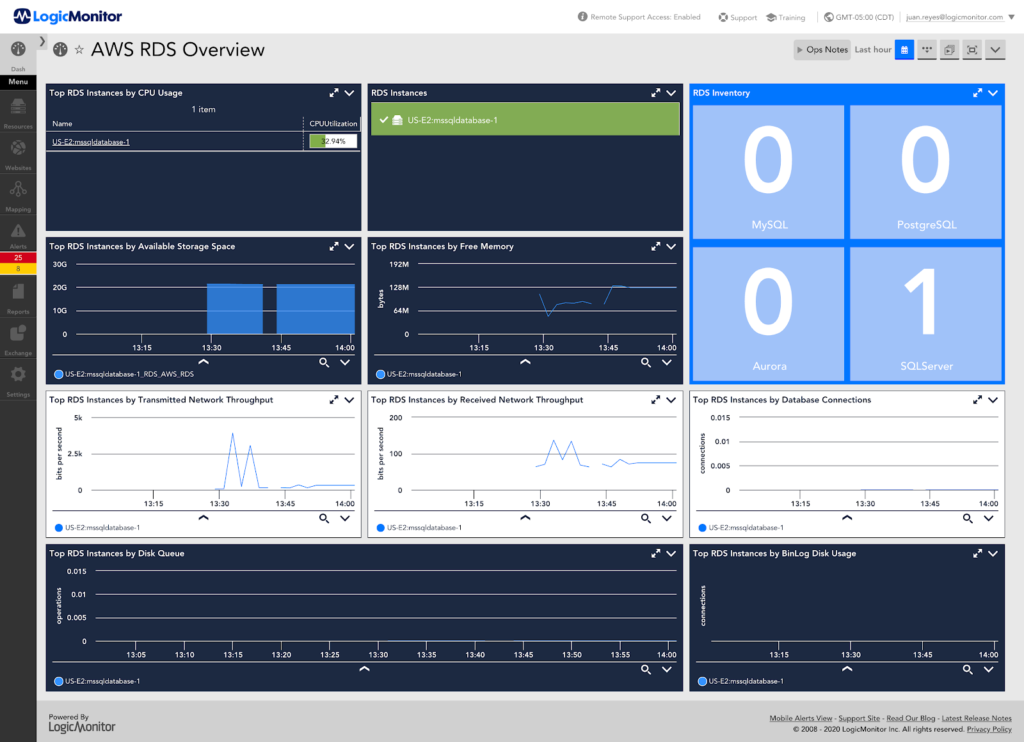
Setup:
Unlike other monitoring systems, no configuration is required. Simply enter a hostname, and LogicMonitor determines whether the system is a Windows server; 32 bit or 64 bit (and applies appropriate memory thresholds for alerting); discovers all interfaces, physical drives, logical file systems, and also finds all instances of SQL server on that host.
Similar & Related Integrations
Database Monitoring
MySQL
Reddis
Other Resources
Case Study –
https://www.logicmonitor.com/support/monitoring/applications-databases/microsoft-sql-server/
LogicMonitor’s unique hosted monitoring service provides full Microsoft SQL Server monitoring, complete with best practices alerts and thresholds distilled from years of real life datacenter experience. Unlike other monitoring systems, no configuration is required. Simply enter a hostname, and LogicMonitor determines whether the system is a Windows server; 32 bit or 64 bit (and applies appropriate memory thresholds for alerting); discovers all interfaces, physical drives, logical file systems, and also finds all instances of SQL server on that host.
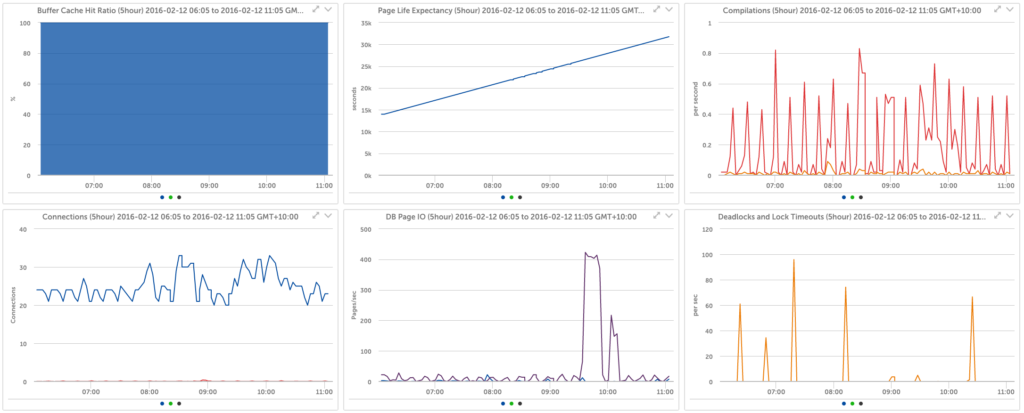

For each instance of SQL server found, LogicMonitor’s SQL Server monitoring system automatically monitors, trends, and alerts on many key performance indicators, allowing you to see at a glance how your servers are running. Predefined alert thresholds provide recommendations about settings that may need tuning, or indications of SQL that may need optimization.
Further, while graphing SQL Server (and global server) performance metrics over time is essential for monitoring the health of your database, LogicMonitor also automatically monitors the metric that matters most – query response time – and alerts through escalation lists if performance or availability degrades past thresholds.
Like all devices monitored by LogicMonitor, the configuration is automatically kept up-to-date, so, if a new SQL server instance is started on a host, LogicMonitor automatically discovers it and start monitoring it. Eliminate the chance of your customers knowing about outages before you do. Get SQL Server monitoring that frees up time, and keeps up with your dynamic environment – LogicMonitor.
Available LogicModules
Test simple SQL query execution
- Query Response Time
Monitors state of SQL Server services
- State
- Status
Windows host system uptime via WMI
- System Uptime
TCP stats via WMI
- Connections
- TCP Failed Connections
- TCP retransmissions
- Segments per second
Windows UDP stats via WMI
- UDP Error Rate
- UDP Rate